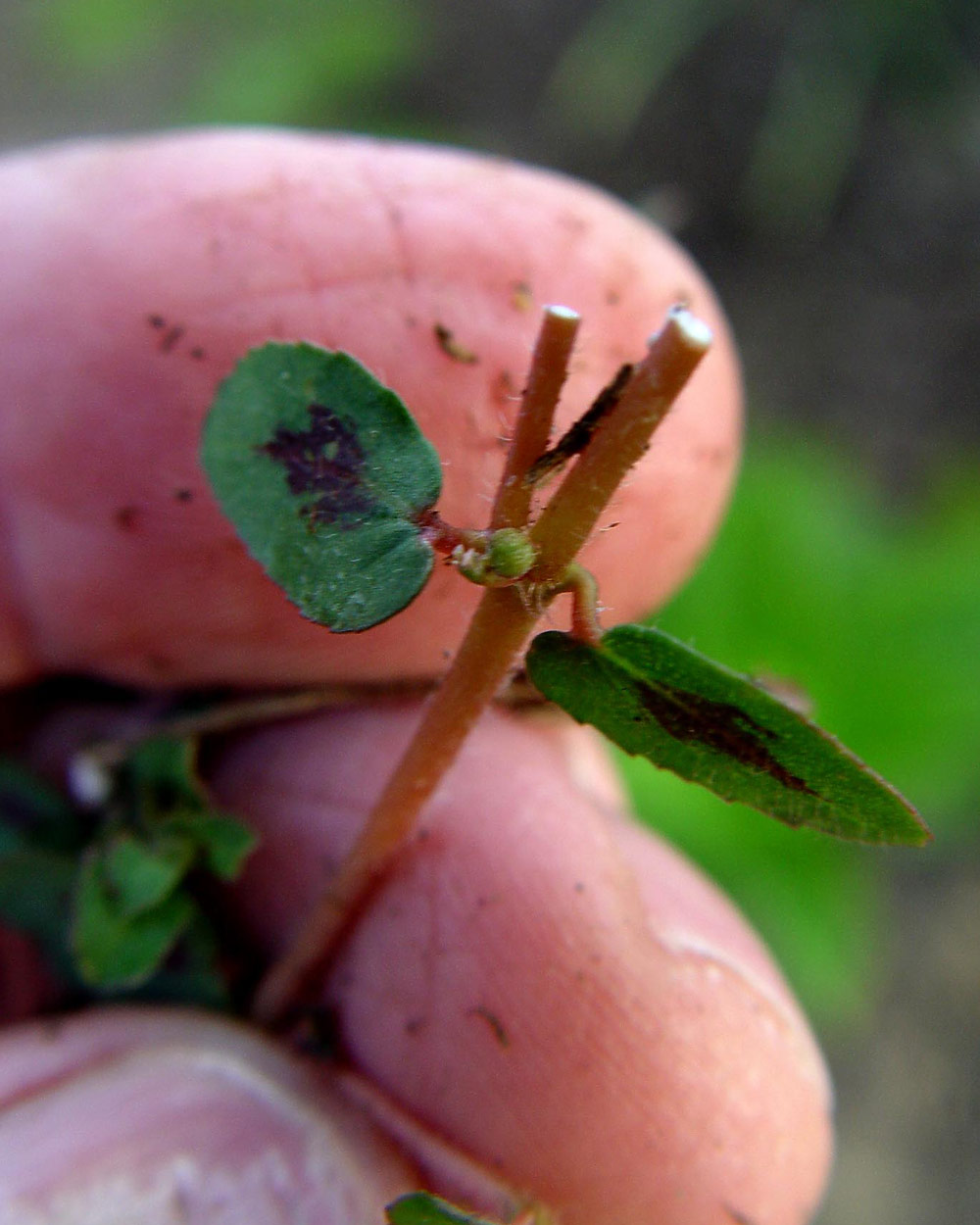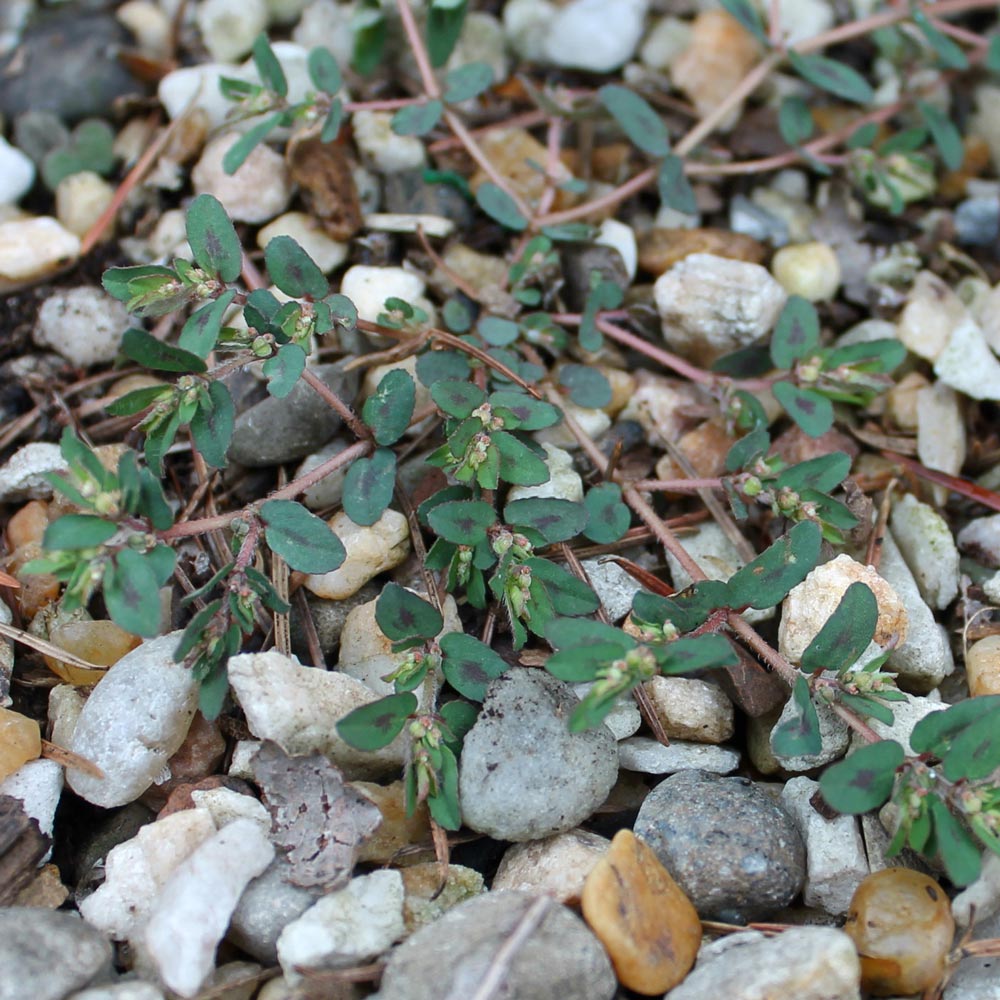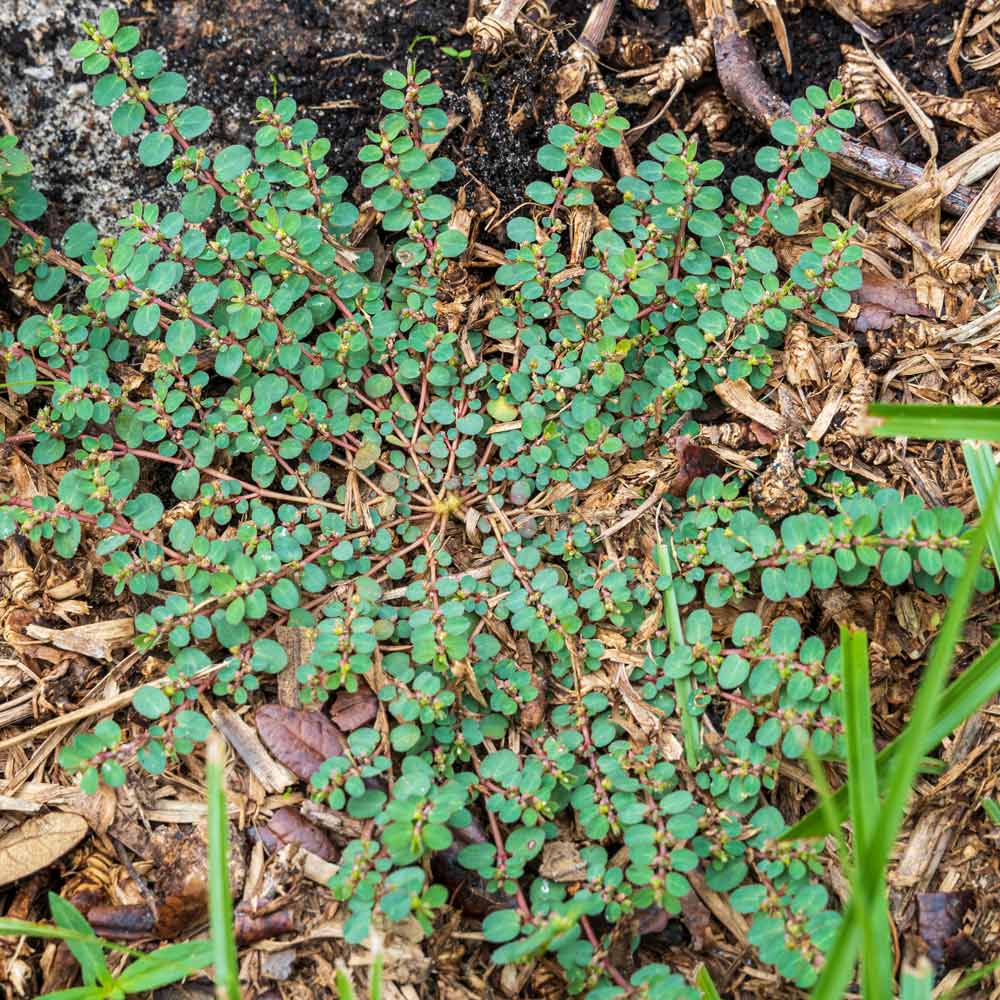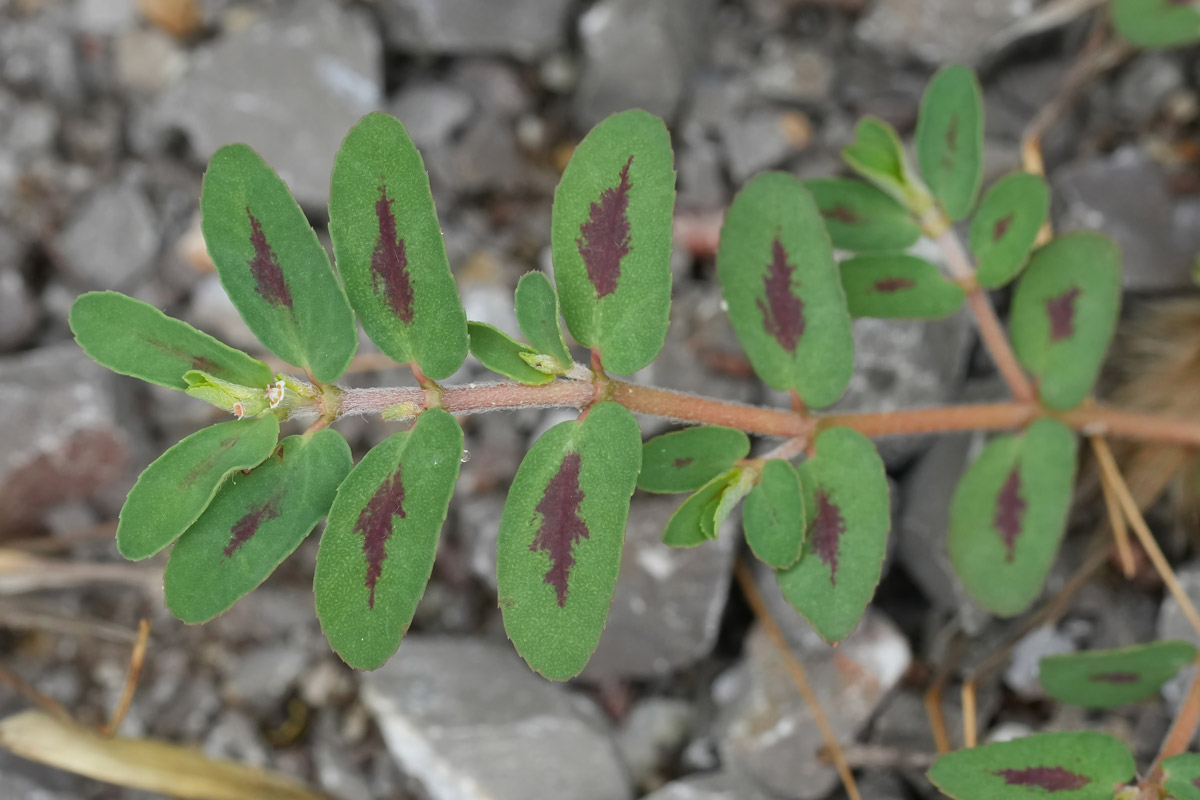What Can Weeds Tell Us About Our Soil?
Observe the weeds in your yard for clues about the fertility, moisture levels, and pH of your soil.
Prostrate spurge and the closely related spotted spurge are two plants capable of sprouting in some of the hottest, driest, and most compacted soil conditions.
These little-leafed creepers are so tough that you’ll usually find them coming up along driveways, railroad tracks, in alleyways, gravel walkways, and even in sidewalk cracks. They’re also happy to grow in garden beds, thin lawns, and most any bare, hot, sunny site.
Basically, creeping spurges will grow where few other plants dare to tread, which is why they’re such common weeds throughout most of the U.S.
Prostrate and spotted spurges are so similar that some botanists consider them to be variations of the same plant. Others rate them as close cousins in the Euphorbia family – the same species as that Christmas-favorite potted plant, the poinsettia.
Both of these spurges are native to the U.S. Southwest as well as other subtropical regions of North America.
Prostrate spurge is also sometimes called “prostrate sandmat” and occasionally “ground spurge.”

A tell-tale sign of spurges is that they leak milky sap when their stems are broken. Photo by George Wiegel
Prostrate spurge (Chamaesyce prostrata, a.k.a. Euphorbia prostrata) and spotted spurge (C. or E. maculata) are both summer annual weeds that complete their full life cycle in one growing season. Plants die at season’s end.
Seeds sprout in early through midsummer and quickly produce ground-hugging plants whose tentacles can reach out two to three feet.
The small green leaves are opposite one another all along the stems. A telltale sign that you’re dealing with a spurge is that the stems leak a milky sap when they’re broken.
Some people get a rash from the sap, so wear gloves when handling any spurge.
A key difference between prostrate spurge and spotted spurge is that spotted spurges have dark maroon splotches near the center of each leaf. Prostrate spurges do not. Prostrate spurge leaves are also more rounded than the oblong, half-inch leaves of spotted spurge.
While some low creeping weeds like these spurges root at their nodes as they creep, prostrate and spotted spurges do not.

Spotted spurge. Prostrate and spotted spurge grow in ground-hugging mats in some of the worst soil. George Weigel

Prostrate spurge. / iStock / Getty Images Plus
Since creeping spurges are annuals, they’re shallow-rooted and come out easily via hand-pulling, hoeing, and similar cultivation. Plants start emerging in early summer, so the sooner you act on them, the better.
Spurges also are vulnerable to a variety of herbicides. They can be spot-sprayed with non-selective herbicides in garden beds (be careful not to let spray drift onto wanted plants), or they can be killed with selective herbicides in a lawn (ones formulated to kill broad-leaf weeds without harming grassy plants).
With any herbicide, read product labels for safe use and to be sure the product you’re considering is labeled for control of prostrate and spotted spurge.

A key difference between prostrate and spotted spurge is that spotted spurge, shown here, has dark maroon marks in its leaf centers. Henk Wallays / iStock / Getty Images Plus
Both prostrate and spotted spurge get their start each year from seed. That means the way to stop them is by preventing seeds from germinating, or better yet, keeping seeds out of the yard in the first place.
It’s nearly impossible to keep all spurge seeds out because nearby plants can eject seeds, and seeds can travel short distances by wind or water. However, the seeds are also sticky, making them easy to carry from one site to another on animal fur, bird feathers, shoe soles, and mower wheels.
A more doable seed-stopping strategy is eliminating existing spurge plants before they have a chance to flower and set seed. Spurge flowers are tiny, pinkish-white in color, and mature into capsules that can house thousands of viable new seeds per plant.
Those seeds can mature in as little as four weeks after plants appear, so it’s important to regularly patrol for and quickly remove spurges. Fallen seeds overwinter to sprout the following spring.
As for stopping the germination of existing seed, one strategy is to avoid disturbing the soil as much as possible. That keeps dormant, buried weed seeds from being stirred to the surface, where they’ll readily sprout.
Sprouting also can be discouraged by covering bare soil with mulch or with a dense planting of groundcovers or other desirable plants.
A third option in landscape beds is applying a granular weed preventer each spring – shortly before new spurge seeds germinate.
Preen Extended Control Weed Preventer is labeled for the control of prostrate spurge as well as 130 other weeds. It’s effective for up to six months and can be applied over or around some 600 species of existing plants. The label lists plant-by-plant specifics.
For best results, lightly water after scattering the granules.
Preen Mulch with Extended Control Weed Preventer is a two-action bagged product that combines wood mulch with a weed preventer.
In the lawn, Preen One Lawncare is an option for killing and preventing prostrate spurge along with preventing crabgrass and killing some 250 types of lawn weeds.